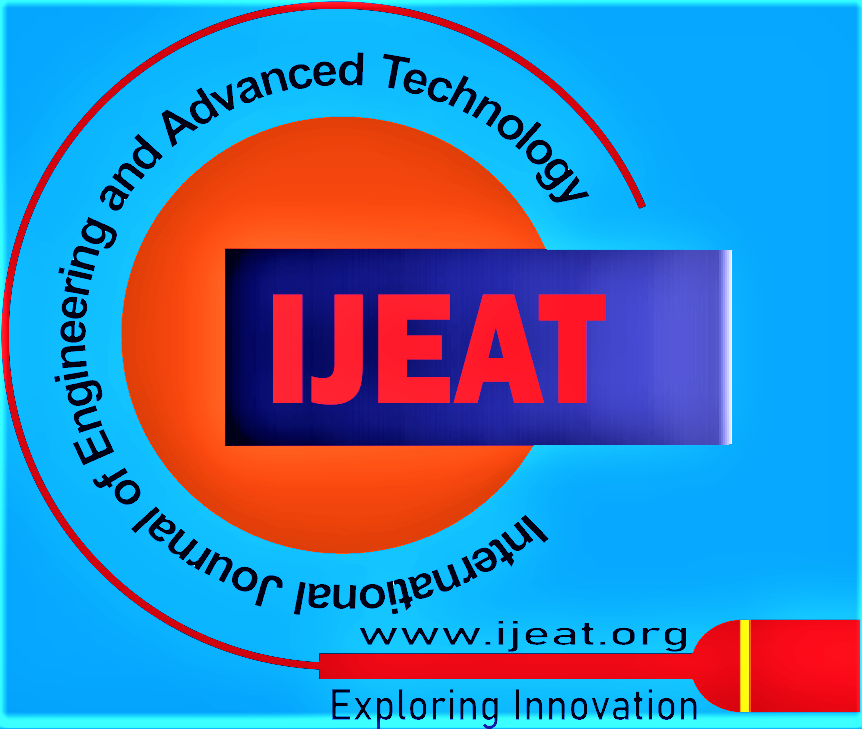Marathi Text Summarization using Extractive Technique
Main Article Content
Abstract
Multilingualism has played a key role in India, where people speak and understand more than one language. Marathi, as one of the official languages inMaharashtra state, is often used in sources such as newspapers or blogs. However, manually summarizing bulky Marathi paragraphs or texts for easy comprehension can be challenging. To address this, text summarization becomes essential to make large documents easily readable and understandable. This research article focuses on single document text summarization using the Natural Language Processing (NLP) approach, a subfield of Artificial Intelligence. Automatic text summarization is employed to extract relevant information in a concise manner. Information Extraction is particularly useful when summarizing documents consisting of multiple sentences into three or four sentences. While extensive research has been conducted on English Text Summarization, the field of Marathi document summarization remains largely unexplored. This research paper explores extractive text summarization techniques specifically for Marathi documents, utilizing the LexRank algorithm along with Genism, a graph-based technique, to generate informative summaries within word limit constraints. The experiment was conducted on the IndicNLP Marathi news article dataset, resulting in 78% precision, 72% recall, and 75% F-measure using the frequency-based method, and 78% precision, 78% recall, and 78% F-measure using the Lex Rank algorithm.
Downloads
Article Details
Section

This work is licensed under a Creative Commons Attribution-NonCommercial-NoDerivatives 4.0 International License.
How to Cite
References
Kallimani, J. S., & Srinivasa, K. G. (2010, August). Information retrieval by text summarization for an Indian regional language. In Proceedings of the 6th International Conference on Natural Language Processing and Knowledge Engineering (NLPKE-2010) (pp. 1-4). IEEE.
Rathod, Y. V. (2018). Extractive text summarization of Marathi news articles. Int. Res. J. Eng. Technol, 5, 1204-1210.
Desai, N., & Shah, P. (2016). Automatic text summarization using supervised machine learning technique for Hindi langauge. Int. J. Res. Eng. Technol, 5(06), 361-367.
Shirwandkar, N. S., & Kulkarni, S. (2018, August). Extractive text summarization using deep learning. In 2018 fourth international conference on computing communication control and automation (ICCUBEA) (pp. 1-5). IEEE.
Balabantaray, R. C., Mohammad, M., & Sharma, N. (2012). Multi-class twitter emotion classification: A new approach. International Journal of Applied Information Systems, 4(1), 48-53.
Subramaniam, M., & Dalal, V. (2015). Test model for rich semantic graph representation for Hindi text using abstractive method. International Research Journal of Engineering and Technology (IRJET), 2(2), 113-116.
Jain, A., Arora, A., Morato, J., Yadav, D., & Kumar, K. V. (2022). Automatic text summarization for Hindi using real coded genetic algorithm. Applied Sciences, 12(13), 6584.
Sarwadnya, V. V., & Sonawane, S. S. (2018, August). Marathi extractive text summarizer using graph-based model. In 2018 fourth international conference on computing communication control and automation (ICCUBEA) (pp. 1-6). IEEE.
Dehru, V., Tiwari, P. K., Aggarwal, G., Joshi, B., & Kartik, P. (2021, March). Text summarization techniques and applications. In IOP Conference Series: Materials Science and Engineering (Vol. 1099, No. 1, p. 012042). IOP Publishing.
Kakde, K.., & Padalikar, H. M. (2022). Context-based Sentiment analysis of Indian Marathi Text using Deep Learning. International Journal on Recent and Innovation Trends in Computing and Communication, 10(11), 71–76. https://doi.org/10.17762/ijritcc.v10i11.5782
Mamidala, K. K., & Sanampudi, S. K. (2021). Text summarization for Indian languages: a survey. Int J Adv Res Eng Technol (IJARET), 12(1), 530-538.
Sunitha, C., Jaya, A., & Ganesh, A. (2016). A study on abstractive summarization techniques in Indian languages. Procedia Computer Science, 87, 25-31.
Sri, S. H. B., & Dutta, S. R. (2021, October). A survey on automatic text summarization techniques. In Journal of Physics: Conference Series (Vol. 2040, No. 1, p. 012044). IOP Publishing.
D’silva, J., & Sharma, U. (2019). Automatic text summarization of Indian languages: a multilingual problem. J Theor Appl Inf Technol, 97(1).
Baruah, N., Sarma, S. K., & Borkotokey, S. (2019, February). Text summarization in Indian languages: a critical review. In 2019 Second International Conference on Advanced Computational and Communication Paradigms (ICACCP) (pp. 1-6). IEEE.





